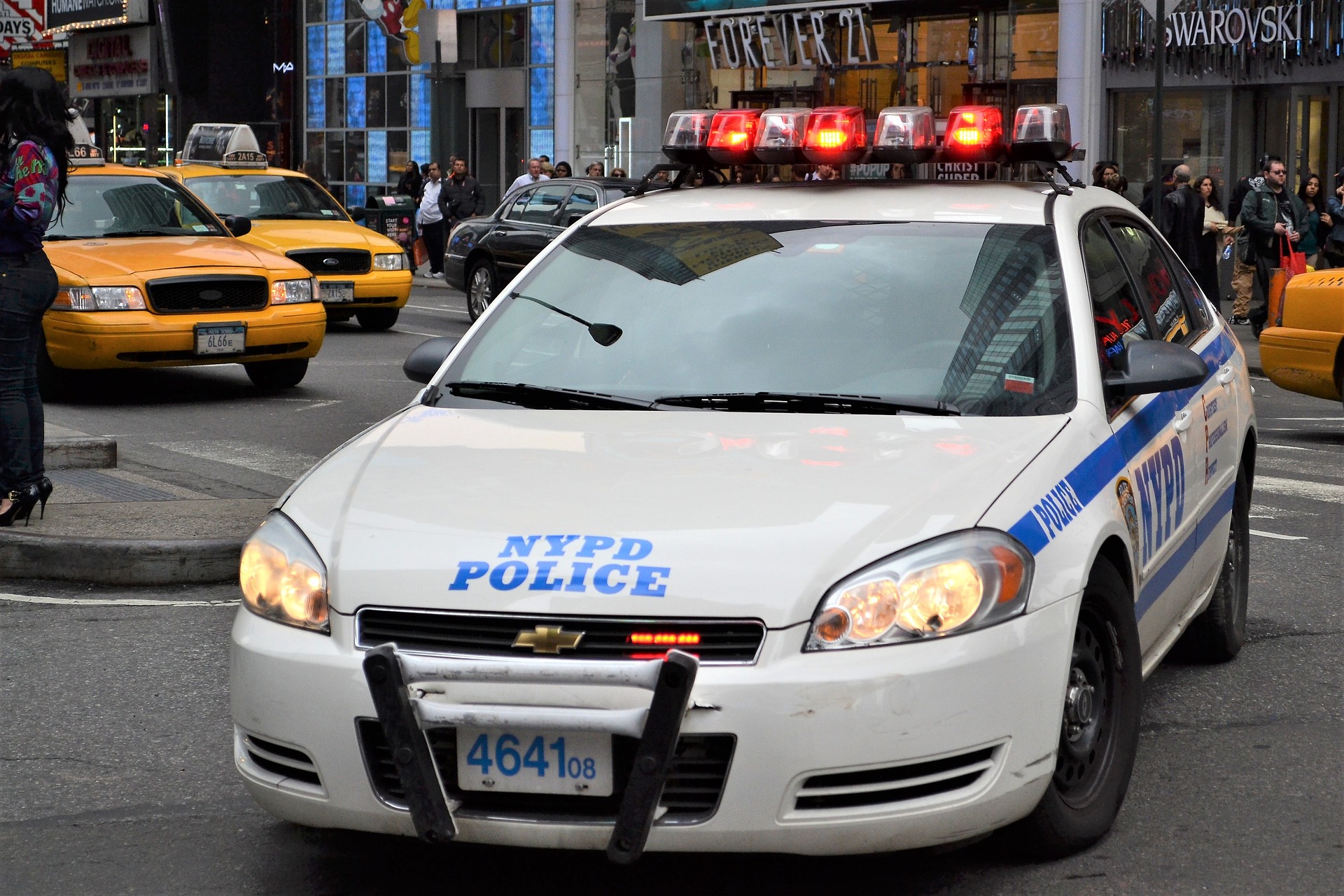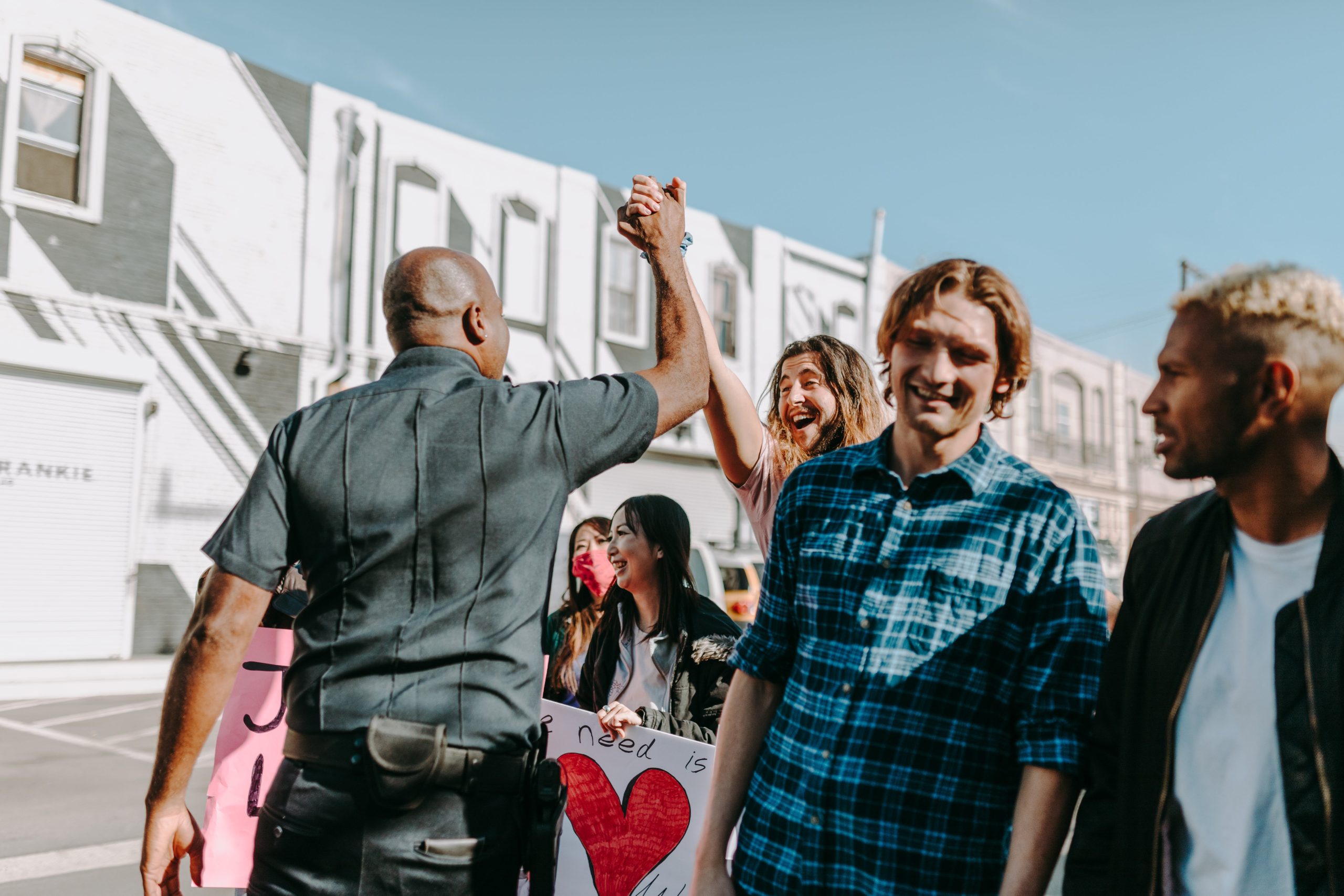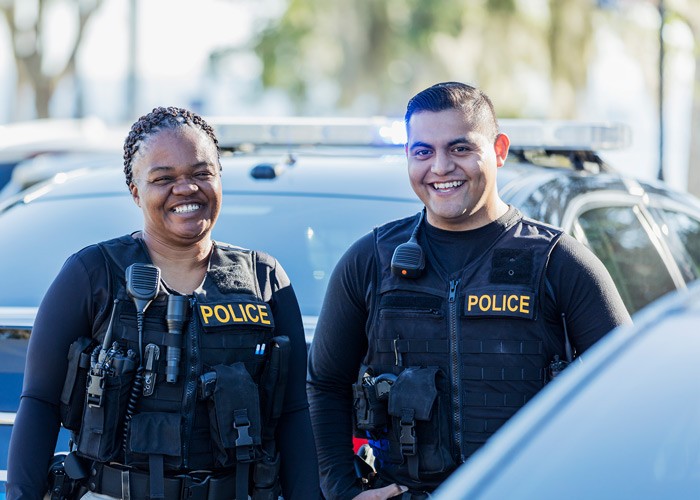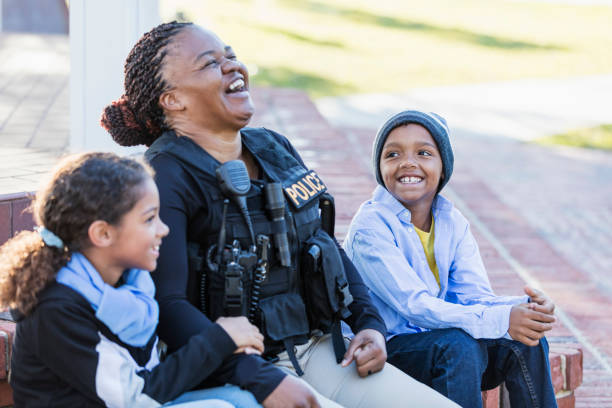Trust and confidence in law enforcement have declined markedly in recent years. According to a 2022 Gallup poll, only 55% of Americans have a great deal or quite a lot of confidence in the police – down from 64% in 2020 and the lowest level in 27 years. This erosion of trust threatens public safety and the ability of police to effectively do their jobs. To rebuild confidence, a multi-faceted approach is needed that focuses on community engagement, advancements in training and accountability, integrating technology, and new tools for understanding community needs.
The Current State of Law Enforcement Trust
Multiple factors have driven the decline in confidence over the past decade. High-profile incidents of police brutality, enabled by the proliferation of camera phones and social media, have dramatically shifted public perception. A 2020 Pew Research study found that 84% of Black adults believed the police treated racial and ethnic minorities less fairly than whites all or most of the time. Excessive use of force and lack of accountability have become pressing civil rights issues. Fatal shootings by police have averaged nearly 1,000 per year since 2015, disproportionately affecting minorities (Mapping Police Violence, 2021). Surveys by Pew in 2021 show that 65% of Black adults and 49% of White adults believe major changes are needed in policing.
Distrust has also emerged from the militarization of police forces. Images of officers in military gear wielding assault rifles have distanced departments from the communities they serve. Equipment donations from federal programs like the 1033 Program have enabled even small towns to acquire armored vehicles, assault rifles, grenade launchers, and other weapons of war (ACLU, 2020). Although intended to fight terrorism and drug crimes, their use for routine policing has alarmed citizens.
Community Engagement is Key
Experts widely agree that enhancing community engagement is vital for restoring trust in law enforcement. A 2020 report by the International Association of Chiefs of Police (IACP) emphasized the need to strengthen partnerships, transparency, accountability, and communication with marginalized groups. Recommended strategies include youth outreach, citizen advisory councils, police-community forums, and embedding officers directly in neighborhoods.
The Madison Police Department (MPD) in Wisconsin has employed several such initiatives to improve relations since the 2015 officer-involved shooting death of Tony Robinson Jr. These include ‘Coffee with a Cop’ events, Neighborhood Officers assigned to smaller community beats, a police training program for local teens, and the creation of a Civilian Oversight Board to review police misconduct complaints. According to Chief Shon Barnes, these changes have helped reduce citizen complaints against MPD officers by 30% since 2019.
Advancements in Training and Accountability
Modern police training is evolving to address systemic bias and implement community-oriented policing models.PERF’s ‘Re-Engineering Training on Police Use of Force’ offers guidance for emphasizing de-escalation, crisis intervention, and proportional responses. Scenario-based training via immersive video simulations helps officers react appropriately in tense situations. For example, the NYPD’s use of force dropped by 22% in 2018 after instituting new training focused on defusing conflicts verbally (Olsen, 2019).
Many departments now require Ethical Policing is Courageous (EPIC) training to encourage peer intervention when witnessing misconduct. The New Orleans Police Department saw a 28% reduction in improper use of force thanks to its EPIC program (Kuzma, 2020). Accountability is also being advanced through early intervention systems that flag high-risk officers based on citizen complaints and other warning signs. Such data-driven systems allow departments to intervene with counseling, training, or other corrective measures before small problems become major issues.
Technology is Bringing Change
Technology is transforming police work in ways that can rebuild community trust. Body-worn cameras, now used by over 80% of departments (BWC Scorecard, 2021), provide transparency around police-citizen encounters. Studies show they reduce both officer misconduct and frivolous complaints when people know interactions are recorded (Yokum, Ravishankar & Coppock, 2019). Dash cams, GPS tracking, and data analytics help monitor officer behavior and deploy resources effectively.
Social media fosters positive community relations by humanizing officers. The Coffee with a Cop events rely heavily on Facebook to reach citizens. The Philadelphia Police Department’s viral lip sync challenge video showcased officers’ community spirit. Tech is also being leveraged in innovative ways, like having residents submit questions anonymously via an SMS chatbot system during virtual town halls.
Introducing Officer Survey
Officer Survey offers a new technological solution to enable police departments to strengthen community trust and officer engagement. As an online platform, it facilitates confidential surveys, polls, and feedback to identify issues from both internal and external stakeholders. Departments can gain data-driven insights around community priorities, assess training needs, measure program impact, and inform policy decisions.
Surveys for the Community
Public surveys on the Officer Survey platform are customized to each department and community. Questions aim to understand perceptions, concerns, level of trust, and experiences with police. The anonymity of online surveys increases participation and unfiltered feedback, especially from marginalized groups. Results are analyzed to pinpoint opportunities to improve relations through changes in operations, training, or communication.
For example, a community survey may reveal that excess noise from late-night patrols is disturbing residents. The times and locations could be adjusted based on this input to alleviate a negative impact. Or the community may request more foot and bike patrols to allow positive interactions with officers. Officer Survey’s data makes it easy to measure progress and continue refining strategies.
Surveys can also gather vital information to assist police operations. Residents may be asked to identify high-crime areas needing additional resources or give input on new public safety initiatives. And periodic surveys help assess the impact of implemented changes.
Focusing on the How and Why
An important distinction of Officer Survey is the focus on measuring not just satisfaction levels but the details of how interactions occur and why they are perceived positively or negatively. Asking simply whether residents ‘like’ the police produces limited insights. The platform allows designing targeted questions around specific aspects of encounters, procedures, communications, and more.
For example, surveys can seek feedback on factors like officers’ listening skills, patience, respect, fairness, cultural competency, etc. Or they may ask citizens to evaluate different facets of a new protocol, such as a complaint process or stop-and-frisk policy. By pinpointing opportunities for improvement, Officer Survey generates actionable data to guide police training and community relations programs.
Individual Officer Feedback
One of Officer Survey’s most innovative offerings is Interaction Surveys tied to individual patrol officers. These brief surveys are provided to community members following any encounter with police. Citizens are asked to evaluate multiple dimensions of the interaction and the officer who conducted it. Departments access an anonymous dashboard showing the aggregate ratings and feedback for each officer.
By focusing on individual officers, Interaction Surveys give police brass clear insights to inform coaching, commendations, additional training, or corrective actions as needed. Positive ratings validate good community policing practices, while constructive feedback helps weaker officers strengthen specific skills in relating to citizens. Tying survey results directly to officers’ annual performance reviews further motivates engagement.
Early data from pilot departments indicates Interaction Surveys are improving community relations and police performance:
- Officer courtesy ratings increased by 22% over 6 months
- Public cooperation with investigations improved by 18%
- Citizen complaints declined by 35%
The tailored approach of Officer Survey provides police departments with unprecedented insights to rebuild community trust in the modern age. Both departments and the communities they serve gain the knowledge needed to make meaningful improvements in policing strategies and accountability. By opening a continuous feedback loop, Officer Survey enables law enforcement agencies to align operations with public expectations and ensure officers uphold the highest standards when serving communities. The platform’s community-centric approach positions it as an invaluable asset for overcoming today’s crisis in confidence while creating policing models ready for the future. Click here to get started today.






